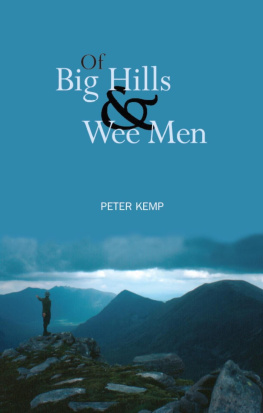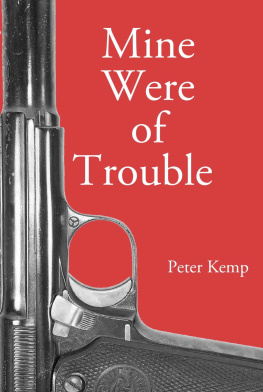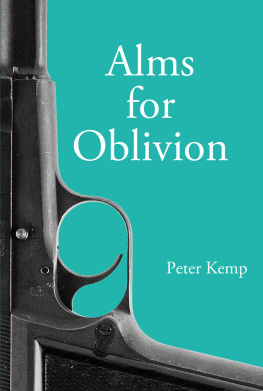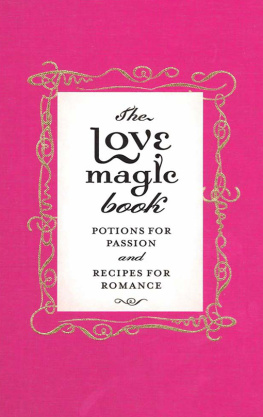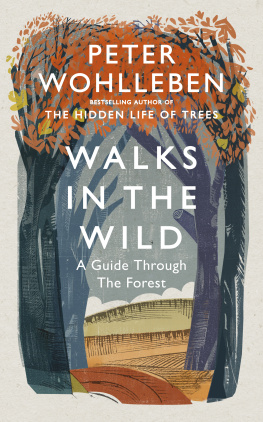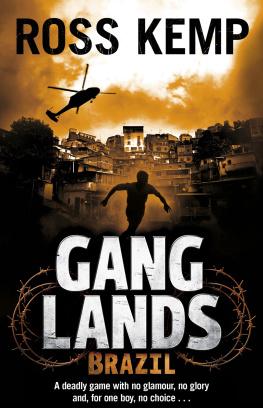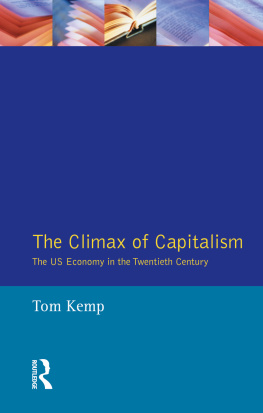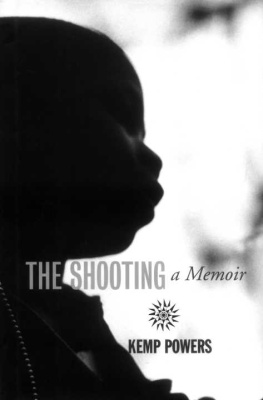
PETER MACGOWAN KEMP. Thats his full name. Quite a mouthful, but he is known to most as Peter, or wee Peter. Only five foot nothing but a fiery character not known to suffer fools gladly. Prickly and tough on the outside, yet to those closest, soft on the inside. Once asked by a millionaire if he could build him a yacht, Peter replied, I can build it but can you bloody well sail it? Peter is well known in yachting circles for his quest for accuracy a virtue loved by designers and loathed by builders. He will tackle problems head on, saying, Dont just look at it, just do it. Or, He who never made a mistake never made anything. This quest for perfection almost drove him to self-destruction but the anchor of family and a love of the hills kept him on the straight and narrow. Peter left school at fourteen to start an apprenticeship in Harland and Wolff, then John Browns. When work in the shipyards dried up, he moved into yacht building. Hes now firmly on dry land as shop steward/staff council representative for all Sainsburys branches in Scotland and Northern Ireland. At home Peter is a quiet, private, family man with many interests and talents, such as painting, poetry, photography, social and industrial history, ancestry research, and music. Above all he has a love of Scotland that kept him there, staying through hard times and good, unlike many others who left to search for a better life.

Of Big Hills and Wee Men
PETER KEMP

Luath Press Limited
EDINBURGH
www.luath.co.uk
First published 2004
This Edition 2013
eBook 2013
ISBN (Print) : 978-1-908373-30-4
ISBN (eBook): 978-1-909912-70-0
Peter Kemp
Contents
Preface to the 2013 Edition
IN THIS SECOND EDITION I have revised and hopefully corrected the spelling of many Gaelic hills and place names. In the hill logs and diaries from which I took the names in the first edition, the spelling was not considered very important. I hope that certain glaringly obvious errors are now sorted.
I would like to note, however, that a few Gaelic speaking sources including my son, a student of the language, have pointed out that there can be several versions of the same names. According to some Gaelic speakers, the well-known Ordnance Survey responsible for place names while mapping the country didnt get it right all the time.
Finally, this book was never intended as an exact guide book. Hopefully it will guide some to the hills and hopefully those people will use the purists guide books to arrive at their summits in safety.
In memory of Alastair Davidson, Jackie Harrison and Bob Alexander.
Acknowledgements
THIS BOOK IS A TRIBUTE TO my wife May and my sons, Tommy, Peter, Scott and Douglas, for their support. Also to my friends Bill MacKay, Irene Cook, Pat Wright, Susan Fyfe, John McEwan and Derek Sakol. To all of the members of the Glasgow HF and Gleniffer outdoor clubs. To the memory of a good friend Robert who died on the Cobbler, and the late Dan McPhee, Bobby Stirling and my father.
To the inspiration from the writings and poetry of Robert Burns, Robert Service, Patrick McGill, Samuel Coleridge Taylor, Dominic Behan, James Elroy Flecker, Hamish Henderson and Matt McGinn.
With a special thanks to Mary Brailey for her editorial help.
Lastly to John Tyrone Cuthill, James Kemp, Rab Doyle, Billy Billings and many, many others for their comradeship and company on the lang Scots miles we tramped together.
Last Man Standing
IT WAS NOW LATE SEPTEMBER . Forming a golden carpet, the last leaves were falling from the trees. As they say up here, the nights were fair drawing in. What summer wed had was well and truly over and the cold grip of winter was not far away. Here I was making my way up onto the Kilpatrick Braes for the first time in over seven months, on old familiar tracks that in places were now well overgrown. Way back in February what had seemed to be the start of a promising year on the hills had fallen by the wayside when large parts of Britain were hit by foot and mouth outbreaks. Thousands of farm livestock were slaughtered and cremated in huge funeral pyres; huge swathes of countryside became no-go areas. Although Scotland north of the Clyde valley had remained clear, fear of the disease spreading north had put many areas of the country out of bounds for outdoor activities. The Kilpatrick hills, forming the southern edge of the Highlands, had been quiet for months, virtually abandoned by walkers even I had ventured further afield. Now, after my enforced absence, I was sitting here on my own gazing fondly over a familiar but dreich and misty scene. I thought about that last and final visit to this spot with my late climbing partner of so many years, old Rab Doyle. Most of the old team had long since gone, ravaged by old age and ill health. Time had taken its toll and here I was virtually the last man still standing.
It was only just over a year ago that I lay here, eyes closed, feeling the pleasant glow from the weak sun overhead. Yet only minutes before, a fierce snow squall had passed over and if it wasnt for the suns warmth you might easily have sworn that it was still winter. Beyond the shelter of the half-dead pine trees where we lay sunning ourselves, the bitterly cold wind would have cut you in two. But, yes, it most definitely was spring. The skylarks soared happily above us singing their little hearts out. Earlier on our way up the Humphreys Road a new lamb was born before our very eyes. Everywhere the daffodils were in full bloom.
Rab and I were taking our customary Sunday walk onto the Kilpatrick hills. Here, just inside the tree line out of the wind, we always stopped for a cup of hot tea before pressing up to the highest point of this escarpment called the Slacks. Below us, squeezed between the canal and railway in the morning mist, lay the sleepy hamlet of Old Kilpatrick, and the spindly Erskine Bridge spanning the Clyde in a wide graceful curve. Beyond where the river bends stood the former site of John Browns shipyard, birthplace of many a famous ship, facing the mouth of the sun-sparkled River Cart. Before us in the bright spring sunshine lay the entire Clyde Valley, dominated by the vast sprawling mass of Glasgow, the dear green place. There was a time not too long ago when the old heavy industries would have made this view much less clear. But today we could see from the Cowal hills and Greenock in the west to the Pentlands in the east. And there, covered with light dustings of snow, were the Galloway hills to the south, bulky Ailsa Craig or Paddys Milestone looming off the Ayrshire coast in the shimmering waters of the Firth of Clyde, and the ragged peaks of the Arran hills poking up beyond the Renfrew hills of Misty Law. The view below us apart from the modern housing, the bridge, the airport might well have been the same over a century ago. Except that this once busy river was now dead: not a single ship in sight, not even the old paddle steamer the Waverley, nor the old sewage boats the Dalmarnock and the Garroch Head both now operating off West Africa as water carriers. God, what a thought.
As we loafed about, lazy, contemplating the view, we were able to see a pair of buzzards through our binoculars, effortlessly soaring on the air currents above. Swinging my bins along the hill below us I spotted two roe deer: completely oblivious to us they were quietly grazing, watching two walkers on the road below.

